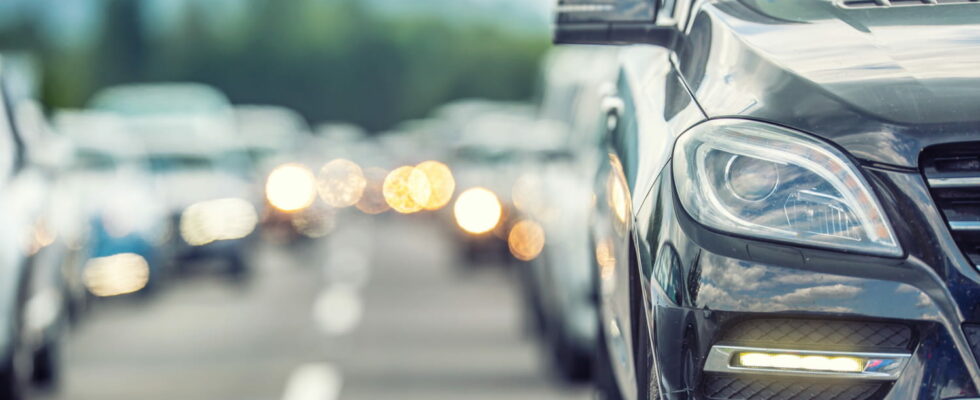A new road sign is spreading on the roads of France. Few drivers know its meaning because it is very recent. But not respecting it can cost you 135 euros.
A new road sign has recently and discreetly appeared on French roads, particularly on major roads such as motorways. Due to lack of sufficient information, it still remains very mysterious for most motorists. Especially since the symbol used is not really representative of its function, which does not help with its immediate understanding. But it’s better to know how to identify it because it multiplies in certain regions and, above all, not respecting it can result in a fairly heavy fine!
In practice, this famous panel can take two forms, with the same symbol: a white diamond on a blue background, when it is fixed and permanent, and a white diamond on a black background when it is “dynamic”, with an evolving light display. It signals special traffic lanes, reserved for carpooling: it results from an initiative born from the Citizens’ Climate Convention in 2020, aiming to encourage the shared use of vehicles and travel by collective transport on motorways and expressways. .
These lanes, also called VR2+, are specifically intended for vehicles with at least two occupants, very low-emission vehicles equipped with a zero-emission Crit’Air sticker (in particular electric and hydrogen vehicles), as well as taxis, even without a passenger. Motorcycles are also allowed to borrow them, provided they transport two people.
The objective of these developments is to promote more sustainable mobility by reducing the number of vehicles on the roads and encouraging environmentally friendly modes of transport. And it presents a very tangible advantage for those who carpool or use clean vehicles, by offering them clear paths, and therefore shorter travel times.
If it first appeared in a few large French cities such as Lyon, Grenoble, Lille and Strasbourg, this system is expected to be implemented in other metropolises such as Rennes, Marseille or Paris. However, the novelty of this measure and its specificities can sometimes lead to confusion. Road signs may vary from region to region, indicating specific rules such as time periods during which lanes are reserved or additional requirements for electric vehicles. For example, in Lille, these lanes are only active during heavy traffic, while in Strasbourg, they are only active during weekdays during peak hours.
And be careful, because ignoring the restrictions imposed by this signage by wrongly using reserved lanes can be costly, with the offense punishable by a fine of 135 euros. And it is really not advisable to tempt the devil by ignoring the signs. Intelligent radars, equipped with thermal sensors, are already being tested on some of these lanes to detect the number of passengers on board and check vehicle compliance with regulations. These devices can even discern whether a person is actually present or not, eliminating potential “false positives.”
It is therefore essential to know how to identify the associated panel and the local rules of use. So, the next time you see this diamond on the road, remember the conditions for using it, and if you are alone in your car, stay on the conventional lanes to avoid a hefty fine.
